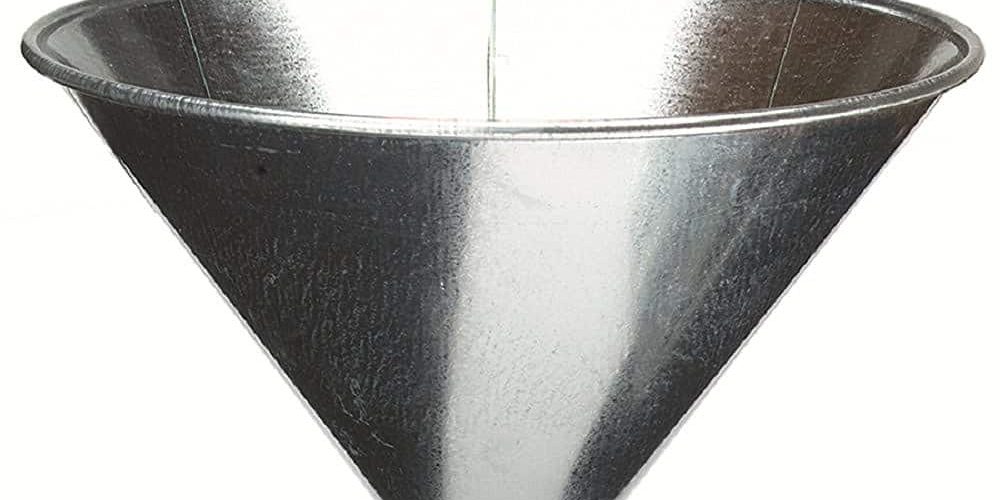These days writing solid content that is search engine optimized is not what it used to be. In ways it has become tougher. There are less “tricks” to optimize your content and to get better hits. But on the other hand I also feel like authors that do write solid content, pay attention to details and market can create articles that will shine on the web.
Writing Solid Content
Allow me to discuss a few topics or elements in writing solid content that I think are still valid or necessary in the year 2016. These topics are, your audience, your passion, formatting, legibility and outbound links among others.
Your Audience

You should, when you write something, always make sure you convey information to help your audience, whether that is to start a debate, teach them something new, get them to buy something.
People online these days read when they feel like you are being genuine, good at what you do and really are trying to help out.
And to do so you need to know your audience. I focus on SMEs and B2B work working with partners worldwide and blogging about stuff I build, SEO tweaking I do. This to show my expertise and to get leads, but I make sure I am not just boasting but that I am sharing something valuable. Something useful others can use. So writing solid content also means being useful.
Your Passion

When you write you should not have to be worried about the style you use, because that is the style of your business, your style. And it should be second nature to you. I am a rather hands-on informal kind of person and every time I try to write something formal it doesn’t feel write. I write the way I enjoy writing and about things I am passionate about. Meaning Web Tech, WordPress, SEO, fine tuning sites and webdesign in general are the topics you will find on this blog.
Stick to a style, your own style, the style you or your business represent. Your PASSION.
Formatting

When you write articles, make sure you use:
- headers,
- paragraphs,
- list items,
- quotes
- code blocks
and so on to organize your content is easily legible chunks. Most readers scan, or at least scan first before the actually read your article. So make is easily digestible using lists, paragraphs and the likes.
Most readers scan, or at least scan first before the actually read your article. So make is easily digestible by splitting is up in easy to read parts.
A good place where you can test different font faces, paragraph, lists, quote styles and so on is Typecast. Really cool and highly recommended!
Legibility

Yoast SEO has a built-in legibility checker that follows the Flesch – Kincaid Ease Reading Test. This test calculates whether or not your text is easy or tough to read. Long sentences, words with many syllables make the text tougher to read and gets you a lower score. University papers and articles in scientific papers tend to score low as they do all the above. But in cases like these that is OK as the audience should be up to par.
Here a summary by Wikipedia of the F.K. Tests:
The Flesch–Kincaid readability tests are readability tests designed to indicate how difficult a reading passage in English is to understand. There are two tests, the Flesch reading ease, and the Flesch–Kincaid grade level. Although they use the same core measures (word length and sentence length), they have different weighting factors.
As I write about tech or nerdy topics I never really get a great score. However, I do try to make sentences not too long and to not use too many long winded fancy words. Again for an audience drowning in information is does make sense to make your information easily digestible. Not only content block wise, but also in the way you serve your sentences.
Don’t make your sentences and words too long or complicated than necessary.
Tip: Here a website called Readability Score where you can paste text (English only) and have it checked based on this American test.
Images

Images you add should not suck and contribute to the topic you are writing about. Your audience will appreciate good images. So either get them from good commercial sources like Getty Images or other sources I wrote about before like Unsplash (free high resolution images).
Two, do not forget to give the images good alt tags, file names and or titles. Especially alt tags. The featured image’s alt tag should preferably reflect the topic or keywords used for that article. It will make it all even stronger.
Remember, most search engine cannot view images the way we do, or at least not yet, so an alt tag will help them understand the topic.
Nice Tools for checking for missing alt tags and other features is Screaming Frog.
Outbound Links

Outbound links or links to other websites are still vital today. But the importance of the links matter. As Moz states in the article “External Links” the quality or authority of the sources you mention matter. So you should be selective with links you add.
The quality or authority of the sources – outbound links – you mention matter.
Some bloggers use nofollow for certain links to stop search engines from following them as they are deemed irrelevant or spammy. See WP Beginner’s article on nofollow links here. It can be useful to use nofollow in certain circumstances.
Example of a nofolow link:
<a href="http://site.com" rel="nofollow">Example Website</a>
Basically it is like writing a thesis and adding footnotes or a bibliography. You only mention useful sources there and not spammy or unuseful ones.
FYI WordPress has nofollow built-in and activated for certain elements of the frontend:
WordPress 1.5 and above automatically assigns the nofollow attribute to all user-submitted links (comment data, commenter URI, etc).
Another reason why I love WordPress so much!
Keywords

We earlier talked about your audience and your style. When you write you write with your audience and your company culture in mind. You then of course also write about topics and use topic keywords that focus on the type of crowd you want to land on your website.
Imagewize writes mainly about WordPress, WordPress theme and plugin building, general webdesign and SEO. Hence this article for you to read 😉 .
So you should add keywords to your article relevant to the audience you want to attract. Preferably keywords that are not everywhere in your market segment as they will drown in the sea of competition. Very logical really, but sometimes hard to stick to as you might wander of to other topics while blogging.

Tools you can use to do research on that is the Google Adwords Keyword Planner and Google Analytics. And a great WordPress plugin to check the keyword density and whether the keyword or longtail keywords you were going for all well represented is Yoast SEO.
Meta Data

Each page or post you write can have a meta description or title describing the topic. Whereas the title is no longer that vital the meta description is still very handy. When written well with relevant keywords and focussed on the article this is what people will see in the search results below the link to the article that popped up searching for a certain topic.
The meta description, when written well with good keywords and focussed on your article will be displayed below links in Google search results.
Another resource where they go in depth on the meta description is Splash Copy Writers’ Meta Description Master Class here by Matt Press.
Further Reading
Some Good Reads in case you can’t get enough of this stuff:


